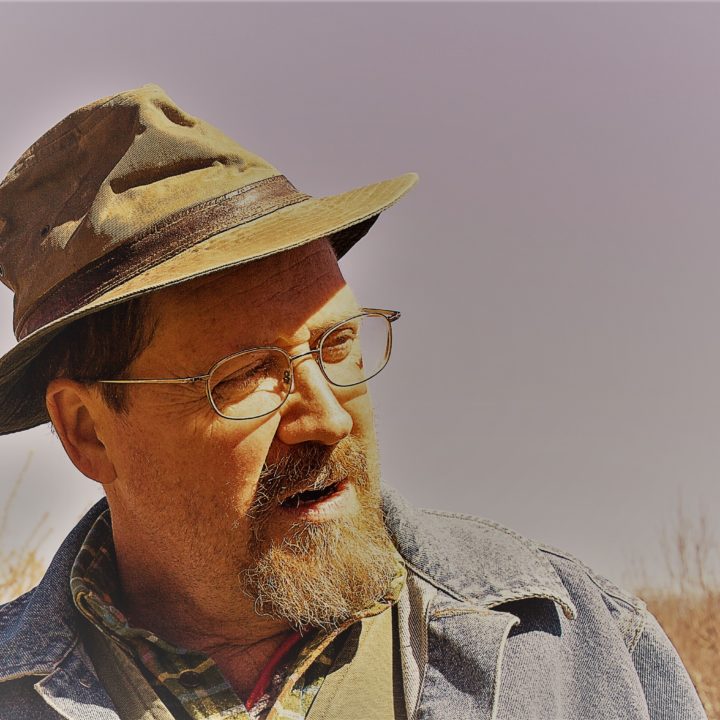“A constructive and careful handling of the resources of the earth is impossible except on the basis of large co-operation and of association for mutual welfare.”
— Liberty Hyde Bailey, The Holy Earth
Winged Elm Farm has approximately 40 acres of hardwoods, and last year I posted a couple of pieces on our woodlot management plan, here and here. In them and here, I use the term “Anthropocene,” the period in Earth’s history when the impact of human existence shapes the natural world and climate. I chose that term to distinguish the plan we’ve embarked upon as being a more old-fashioned management approach.
As we began the process of managing our woodlots, our biggest hurdles were knowledge and the preconceptions of being moderns. Our mindset was geared toward extraction, the basis of our current economy. Our innate resistance to extractive processes like clearcutting was primarily why we had avoided managing the woods at all.
But a Wendell Berry piece three years ago spurred our interest in sustainable management, and a casual review of the 19th century literature based on the knowledge of small farms past showed us a clear path for applying the same model. How markedly different was the approach of those manuals and handbooks — managing woodlands for the benefit of farm and watersheds for future generations — from the “modern” practices of that century and the 20th of the extractive industries.
Last week, as we prepared to take hogs to market and dreamed of the variety of dishes and cuts we were to enjoy, the phrase “nose to tail eating” came to mind. The term is used to describe the process that takes advantage of every bit of the animal. It’s a way to honor the animal’s life and sacrifice.
The slightly modified term “nose to tail logging” aptly describes a good woodlot management program, the constructive use of every bit of the harvested tree: for our benefit, for the soil’s benefit, for the watershed, for the wildlife, and, most important, for the woodlands’ benefit.
There are innumerable old texts on managing a woodlot, books that describe how to select harvest, reseed, preserve soil, amend and improve the soil. So far, the approach as applied to our farm seems to be working — from selection to lumber, chipping to removal, sowing mushrooms and providing firewood, leaving wildlife habitat to conservation. Future generations will need to be the final judge.
A couple of newish books, too, have helped us flesh out the specific and the larger challenges to sustainable woodlot management.
Paul Stamets’ work, especially his book Mycelium Running, helped reshape the way I viewed the soil and its structure in the forests, a soil as in need of care and replenishment as that in our pastures. And, of course, it opened my eyes to the use of fungi to facilitate those ends.
But the mindset of extraction lingers as the world’s dominant invasive species. Azby Brown’s recent book, Just Enough: lessons in living green from traditional Japan, helped me correct some of that dominant outlook. A study of the Edo period (early 1600s to mid-1800s), his chapters on farming, and particularly the one titled “Guardians of the forest,” were revelatory. The care and thorough use of all woodland products, the steps to endlessly recycle natural products through multiple generations of use, the care of water sources, waterways, and riparian buffers — all were woven in that period into an overall societal commitment to what we would now call planetary care.
The practices of the traditional Japanese and of our own small-farm woodlot ultimately rely on a larger cultural awareness of the need for such intensive conservation of both the woodland and the products derived from it. The evidence of stress on our Eastern hardwoods from escalating climate change is before us. To be successful in both harvest and preservation will require some old-fashioned individual commitment and a multi-generational commitment by our culture.







